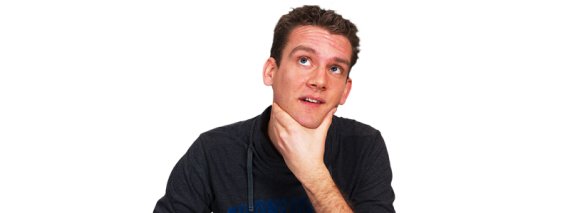Once again I see myself in that plot of wheat. A pale sun tempers the wind’s chill. Shivering, I look at the sodden form. The protocol permits no alternatives: another five days. ‘I’ll get started on the cage,’ I call. ‘Would you just count the aphids over there?’ Jorge, a towering Spanish student, looks at me blankly. Another rain shower clatters to the ground. ‘C-c-can I sit in the c-c-car for a minute?’ he stutters, trembling.
A little while later he is sitting shivering in the baking hot van that I am driving to Wageningen as fast as possible. I am deeply embarrassed. He told me this morning that he didn’t feel well and I actually told him to stop being such a baby. How awful. At the same time I check my watch. Another half hour to Wageningen, then back. Then I’ll complete one more plot on my own. Yes, that should be doable. Just.
A little before 10 p.m. I finish my last plot. It’s twilight. I laugh and sigh. Just another couple of weeks, working long hours every day, then the most gruelling part of this experiment will be done. Ah, thank heavens I’m not the only one. This test is being carried out in six other countries. Click. The postdoc who has analyzed the data from our joint experiment continues her presentation. ‘Look, this shows these results are not significant. So as of today we’re discontinuing the cage experiment.’
Stijn van Gils
(28) is doing doctoral research on ecosystem services in agriculture. Every month he describes his struggles with the scientific system.

